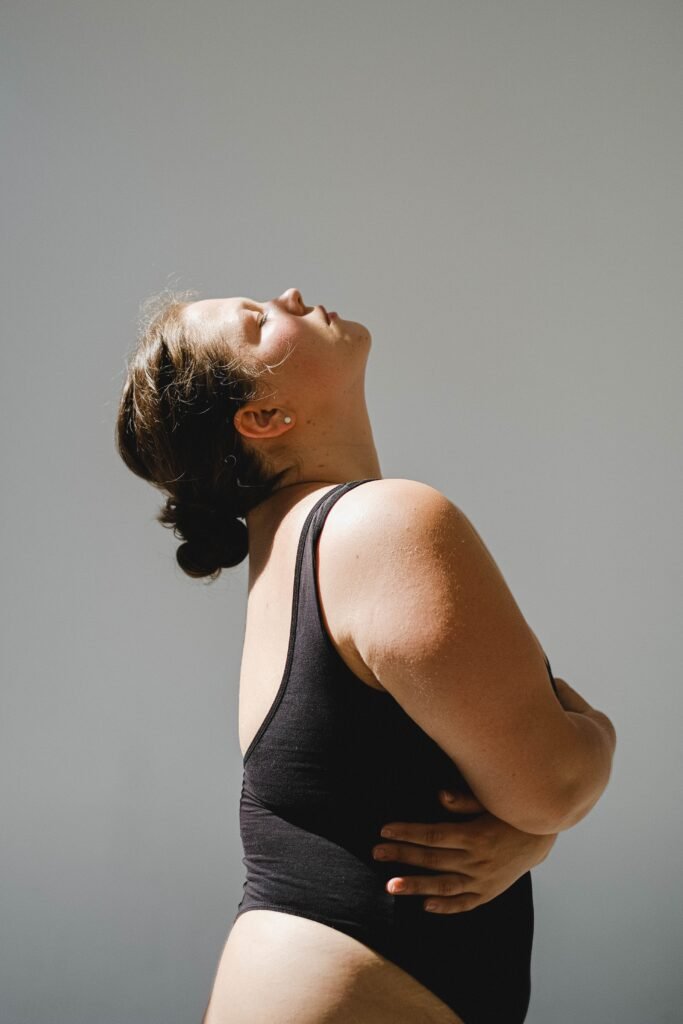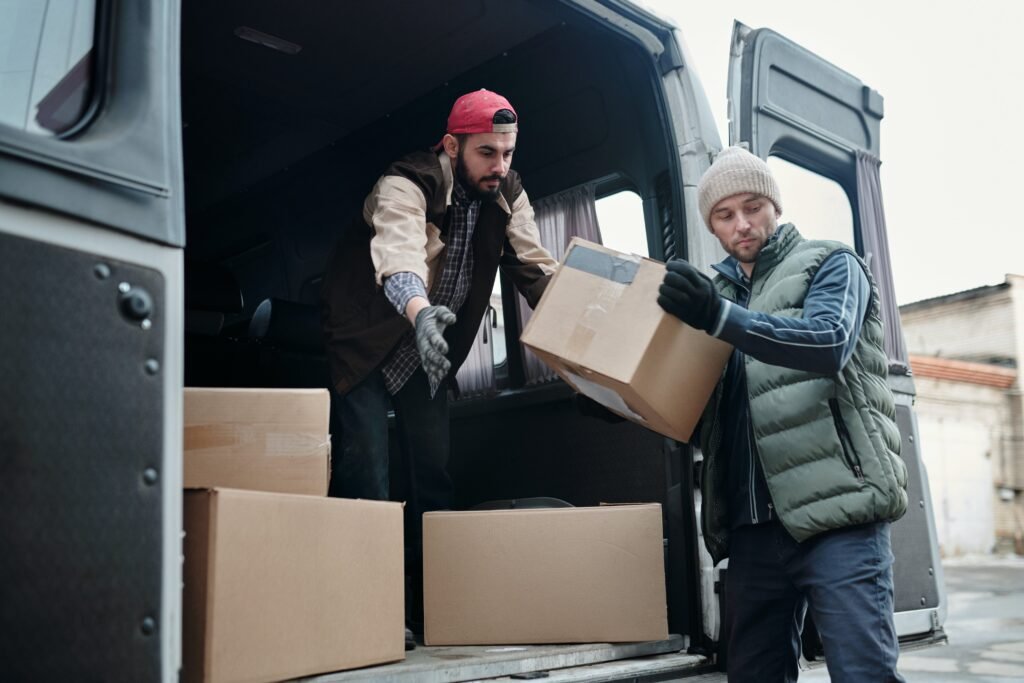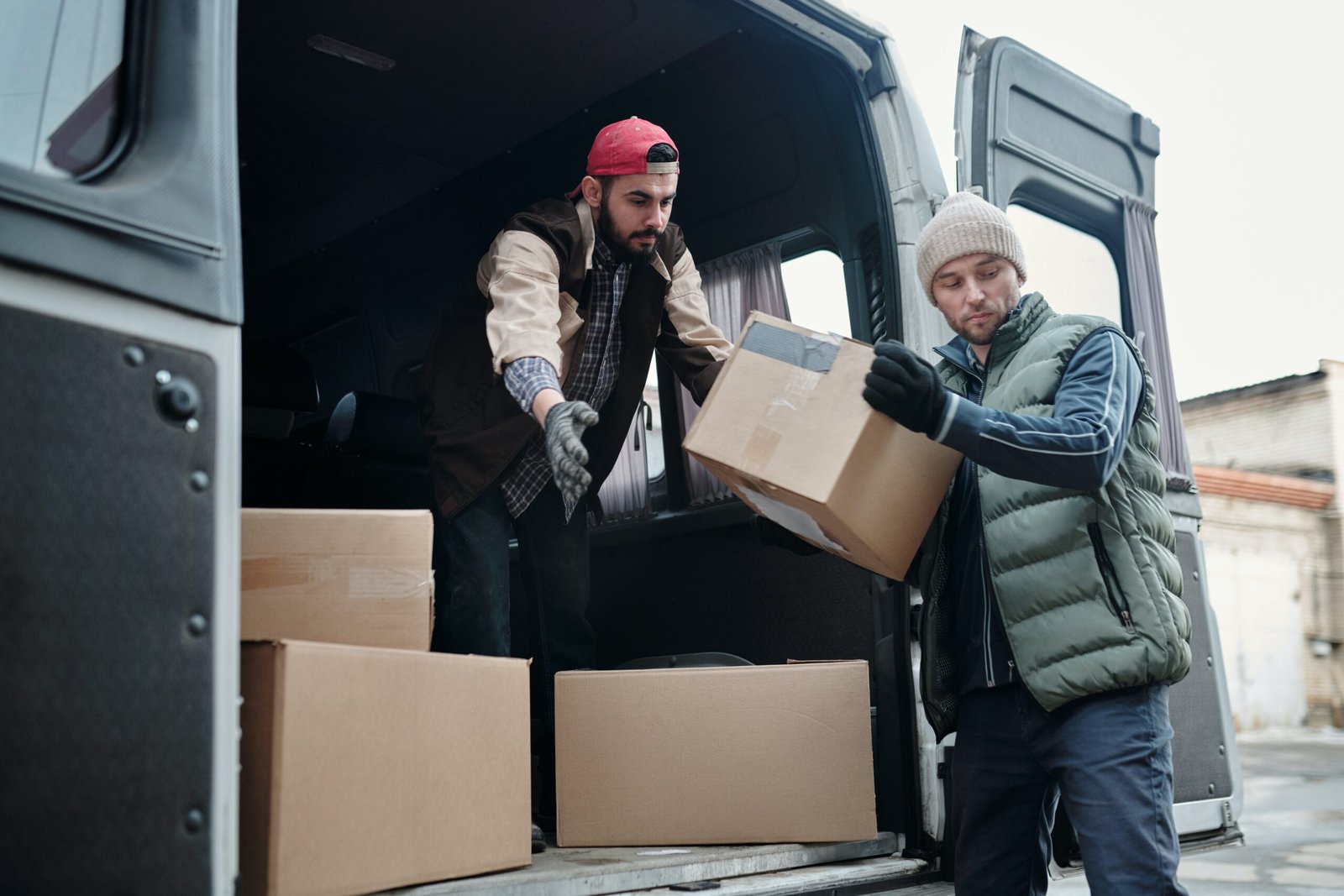If you’ve ever found yourself overwhelmed by the wide variety of boxes available for purchase, fear not! “Box Buying 101: A Beginner’s Guide” has got you covered. In this comprehensive guide, we’ll break down everything you need to know when it comes to buying boxes, from understanding different sizes and materials to selecting the right box for your specific needs. With our friendly tips and advice, you’ll feel like a box-buying pro in no time! So, let’s get started on your journey to becoming an expert in all things box-related.

This image is property of images.pexels.com.
Types of Boxes
Cardboard Boxes
Cardboard boxes are a popular choice for various purposes due to their versatility and affordability. They are lightweight and easy to handle, making them ideal for packaging and moving. Cardboard boxes come in different types, including single-walled, double-walled, heavy-duty, and custom-made options.
Plastic Boxes
Plastic boxes offer durability and protection for long-term storage needs. They are available in different materials such as polypropylene, polyethylene, polycarbonate, and clear plastic. Plastic boxes are resistant to moisture and can withstand impact, making them suitable for both indoor and outdoor use.
Wooden Boxes
For a more rustic and traditional option, wooden boxes are a great choice. They add a touch of elegance and bring a vintage charm to any space. Wooden boxes come in various sizes and can be custom-made to fit specific requirements. They are known for their strength and durability, making them suitable for heavy-duty storage.
Considerations for Box Buying
Size and Dimensions
When buying boxes, the size and dimensions are crucial factors to consider. You need to ensure that the box is spacious enough to accommodate your items comfortably. Consider both the internal space and external dimensions to ensure a proper fit. Additionally, think about the shape and design options that best suit your needs.
Strength and Durability
The strength and durability of the box are essential to protect your items during storage or transportation. Consider the material thickness, reinforced corners, and edges to ensure the box can withstand any impact or load resistance. Weight capacity is also an important aspect, especially if you plan to store heavy items.
Usage and Purpose
The purpose of the box will determine the type and features you should look for. Are you planning to use it for storage, moving, or shipping? Each purpose requires different characteristics. Storage boxes may prioritize stackability, while moving boxes may need handles for easy lifting. Understanding your specific usage will help you make the right choice.
Closure and Sealing Options
The closure and sealing options of a box play a significant role in maintaining the security and integrity of your items. Consider whether you prefer a tape closure, adhesive closure, interlocking flaps, or even locking mechanisms. The chosen option should provide a tight seal to protect your items from dust, moisture, and tampering.
Stackability and Nestability
If you plan to stack your boxes or save space when they’re not in use, consider the stackability and nestability of the boxes. Stackable boxes have a design that allows them to be stacked safely, providing efficient use of space. Nestable boxes, on the other hand, can be nested inside each other when empty, minimizing storage space requirements.
Cardboard Boxes
Single-walled Cardboard Boxes
Single-walled cardboard boxes are lightweight and suitable for general-purpose use. They are made from a single layer of corrugated cardboard, providing adequate protection for most items. These boxes are cost-effective and commonly used for packaging, shipping, and storage needs.
Double-walled Cardboard Boxes
For added strength and durability, double-walled cardboard boxes are an excellent choice. They are constructed using two layers of corrugated cardboard, providing enhanced protection for heavier or fragile items. Double-walled boxes are more resilient and can withstand rough handling or stacking without compromising the safety of the contents.
Heavy-duty Cardboard Boxes
Heavy-duty cardboard boxes are designed to withstand extreme conditions and rough handling. They are reinforced with additional layers of corrugated cardboard, making them ideal for storing or transporting heavy, bulky, or valuable items. These boxes are built to endure high impacts and offer maximum protection for your belongings.
Custom-made Cardboard Boxes
If you have specific requirements that cannot be met by standard cardboard boxes, consider custom-made options. Custom-made cardboard boxes allow you to tailor the size, dimensions, and features to suit your needs precisely. This option is perfect for businesses or individuals with unique storage or shipping requirements.
Plastic Boxes
Polypropylene Boxes
Polypropylene boxes are known for their durability and resistance to chemicals and moisture. They are lightweight and ideal for long-term storage needs. Polypropylene boxes offer excellent protection against dust and water, making them suitable for outdoor or damp environments.
Polyethylene Boxes
Polyethylene boxes are popular for their versatility and strength. They are resistant to impact and come in various shapes and sizes. Polyethylene boxes are commonly used in industries such as automotive, logistics, and healthcare due to their durability and ability to protect items from rough handling or environmental factors.
Polycarbonate Boxes
Polycarbonate boxes are known for their exceptional strength, transparency, and heat resistance. They are virtually unbreakable and can withstand extreme temperatures. Polycarbonate boxes are often used in laboratories, electronics, and transportation industries to protect delicate or sensitive items.
Clear Plastic Boxes
Clear plastic boxes provide visibility of the contents, making them ideal for display or organizing purposes. They are made from transparent materials such as acrylic or PET, allowing you to easily identify the items without opening the box. Clear plastic boxes are commonly used for retail packaging, organizing craft supplies, or showcasing products.

This image is property of images.pexels.com.
Wooden Boxes
Sustainability and Eco-friendliness
Wooden boxes are a sustainable choice for those conscious of the environment. Wood is a renewable resource, and many wooden boxes are made from responsibly sourced materials. Choosing wooden boxes contributes to the reduction of plastic waste and promotes eco-friendly practices.
Strength and Durability
Wooden boxes are prized for their strength and durability. They are known to withstand heavy loads and provide protection against external elements. The solid construction of wooden boxes ensures that your items remain secure and well-preserved over time.
Types of Wood
Different types of wood are used in the construction of wooden boxes, each with its unique characteristics. Common options include pine, oak, birch, and bamboo. Pine is a softwood known for its lightness, while oak is a hardwood preferred for its durability and natural beauty. Consider the type of wood based on your specific requirements and aesthetic preferences.
Custom-made Wooden Boxes
Like cardboard boxes, wooden boxes can also be custom-made to suit your needs precisely. Whether you require a specific size, design, or personalized engraving, custom-made wooden boxes offer endless possibilities. These boxes make wonderful gifts and beautifully showcase cherished belongings.
Factors to Consider for Size and Dimensions
Internal Space
Consider the internal space of the box to ensure it adequately accommodates your items. Measure the dimensions of the items you intend to store to determine the appropriate box size. Leave some extra space for cushioning or additional items you may want to include.
External Dimensions
The external dimensions of the box are important to determine if it will fit in the designated storage area or transportation vehicle. Consider the available space and the dimensions of the doorways, staircases, or narrow passages that the box needs to pass through.
Capacity and Weight Limit
Evaluate the capacity and weight limit of the box to determine if it can safely hold your items. Overloading a box may weaken its structure and compromise the safety of the contents. Check the manufacturer’s guidelines to ensure you stay within the recommended weight limits.
Shape and Design Options
Choose a box with a shape and design that suits your needs. Some items may require specialized shapes, such as wardrobe boxes for hanging clothes or dish packs for fragile dinnerware. Consider if you need boxes with dividers, compartments, or adjustable inserts for better organization.

This image is property of images.pexels.com.
Factors to Consider for Strength and Durability
Material Thickness
The thickness of the box material determines its strength and durability. Thicker materials provide better protection and resistance to external forces. Consider the weight of your items and the level of protection they require to choose the appropriate material thickness.
Reinforced Corners and Edges
Boxes with reinforced corners and edges offer extra strength and stability. These reinforcements prevent damage caused by impacts or rough handling during storage or transportation. Look for boxes that have additional layers or reinforcements in these vulnerable areas.
Weight Capacity
Check the weight capacity of the box to ensure it can handle the load. Exceeding the weight capacity could lead to structural failure and potential damage to your items. Opt for boxes with higher weight capacities for heavy or bulky items.
Impact and Load Resistance
Consider the box’s ability to withstand impact and resist loads. Boxes with higher impact resistance are less likely to deform or collapse when subjected to rough handling or external forces. Load resistance ensures that the box remains stable and intact, even when stacked with other boxes.
Factors to Consider for Usage and Purpose
Storage Boxes
If you need boxes for general storage purposes, prioritize stackability and ease of access. Stackable boxes allow you to maximize vertical space and create tidy storage areas. Opt for boxes with handles or grips for easy lifting and retrieval of items.
Moving Boxes
When moving, consider the durability and ease of lifting for the boxes. Choose boxes specifically designed for moving, as they often come with added features such as hand holes or flaps for secure closure. Additionally, select boxes that are compatible with moving dollies or hand trucks to simplify the moving process.
Shipping Boxes
Shipping boxes must withstand rough handling, potential impacts, and long journeys. Look for boxes designed specifically for shipping purposes with reinforced corners, crush resistance, and clearly labeled as suitable for shipping. These boxes are often available in various standardized sizes to meet shipping regulations.
Factors to Consider for Closure and Sealing Options
Tape Closure
Tape closure is a common and cost-effective option for sealing boxes. Ensure you have strong packing tape that can securely hold the flaps in place. Apply the tape in a manner that covers all seams and edges to create a tight seal.
Adhesive Closure
Some boxes come with adhesive closures, eliminating the need for additional tape. Adhesive closures are convenient and provide a clean-looking finish. Follow the manufacturer’s instructions to ensure proper adhesion and a reliable seal.
Interlocking Flaps
Boxes with interlocking flaps offer added security and ease of assembly. These flaps fit together like a puzzle, creating a self-locking mechanism that holds the box tightly closed. Interlocking flaps provide extra protection against dust, dirt, and moisture.
Locking Mechanisms
For high-security needs or valuable items, consider boxes with locking mechanisms. These can include built-in locks, tamper-evident features, or compatibility with padlocks. Locking mechanisms provide peace of mind and ensure the contents remain secure during transportation or storage.
Factors to Consider for Stackability and Nestability
Stackable Boxes
Stackable boxes are designed with reinforced bottoms or lids that allow for safe stacking. This feature is especially useful when you need to maximize storage space or create organized stacks. Look for boxes with flat, stable bases that can support the weight of other boxes on top.
Nestable Boxes
Nestable boxes can be nested inside each other when empty, saving valuable storage space. This feature is particularly useful if you have limited storage area or need to frequently rotate or store empty boxes. Ensure the nesting design is sturdy and does not compromise the strength or integrity of the boxes.
Interlocking Boxes
Some boxes feature interlocking mechanisms that allow them to securely stack or nest with other boxes of the same type. This feature provides better stability when stacking and prevents the boxes from sliding or toppling over. Interlocking boxes are ideal for both storage and transportation purposes.
In conclusion, when buying boxes, it is essential to consider factors such as size and dimensions, strength and durability, usage and purpose, closure and sealing options, and stackability and nestability. Each type of box, whether cardboard, plastic, or wooden, offers unique benefits suited for different needs. By understanding your specific requirements and evaluating these considerations, you can make an informed decision and find the perfect boxes to meet your storage, moving, or shipping needs. Remember to choose boxes that provide adequate protection for your items, and tailor the features to suit your individual preferences. Happy box buying!
